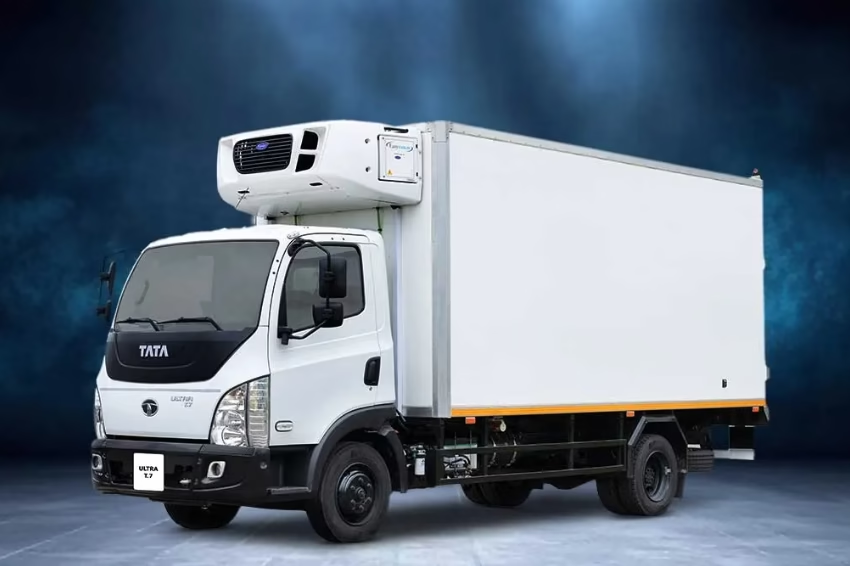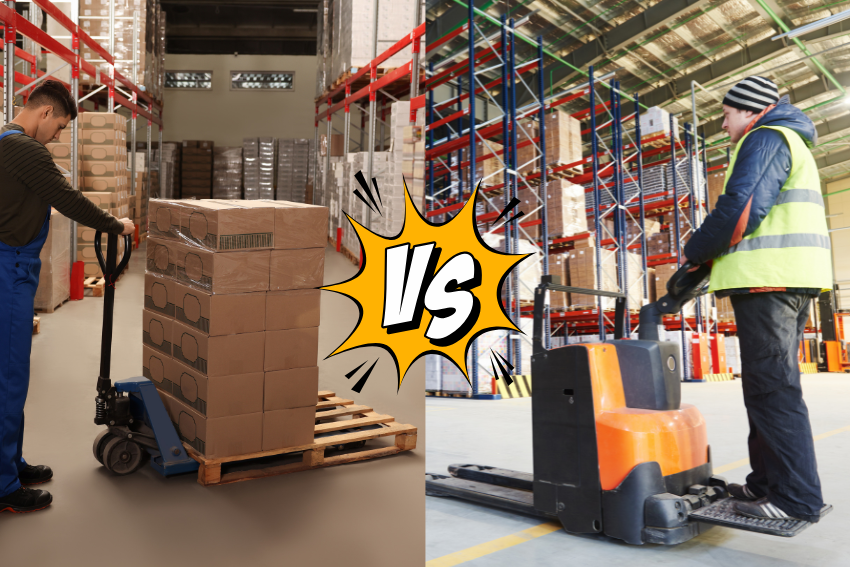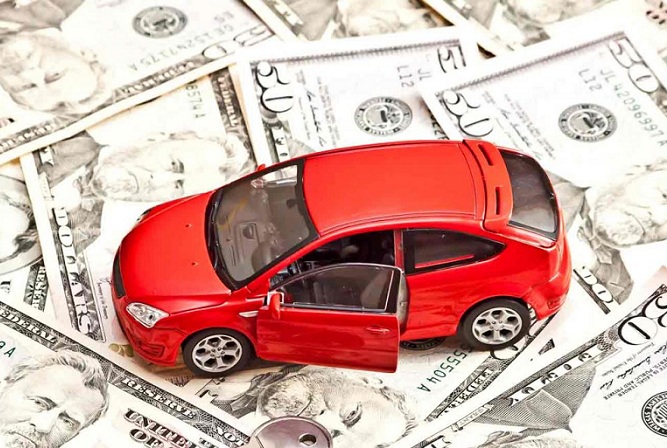The Peugeot 308 is an excellent family car, and it has a good fuel economy in its class. That being said, everyone likes to save money, and in our current economic climate, fuel has to be one of the biggest expenses in many households. If you can save fuel, it’s good for the environment and good for your bank balance at the same time. In this article, we will look at five clever ways that you can start cutting down your fuel bills today.
A Basic Disclaimer
Let’s face it; there are two very good ways to use less fuel and save money. The first way is to simply drive less and only use your car when you really need to do so. The second way is to not drive at all and cycle or walk everywhere. These two methods both have their merits, they will save you money, and you may even get some valuable exercise, but in many cases, they are simply not practical. We live busy lives, and we need to travel long distances to get to work, shops and other locations. Also, if you have a car sat on your driveway, it doesn’t make much sense to not use it on a daily basis. So, in the following tips, you won’t see any reference to these obvious and (in most cases) not very useful methods.
Weight is Your Enemy
If you want to get serious about saving fuel, it’s important to understand that weight will be your primary enemy. For every kilo that you carry, you will use more fuel, and it’s essential to reduce the weight in your car. The Peugeot 308 and other Peugeot models have a relatively low kerb weight compared to many cars in similar segments. But if you have a lot of clutter in your car, this will affect your fuel efficiency. The first thing you need to do is go through your car and take out any items that don’t belong there. Don’t remove things you really need, such as the spare tyre, a first aid kit, a basic toolkit, a spare bottle of water, or anything else that you might rely on in an emergency. But, if you’re carrying around camping gear and your last holiday was a few weeks ago, take it out of the boot.
Inflate Your Tyres to Correct Pressures
Many drivers don’t know a lot about rolling resistance and how it can affect fuel efficiency. Briefly, if a tyre is underinflated, it has a larger contact patch pressed into the surface of a road, and that introduces more friction. In order to maintain forward motion, the engine has to overcome friction, and the more friction there is, the more fuel will be consumed. The recommended tyre inflation pressures are easy to find in your owner’s manual, or they may be on a tyre placard in your car. So, take note of these pressures and make sure that your tyres are correctly inflated. Don’t forget to check the spare and do this every week when you fuel up your car, and it will soon become a useful routine. If you want to reduce even more rolling resistance, you can overinflate your tyres by a 1-2 psi, but be careful because reducing the contact patch in this way will alter the amount of available grip on the road.
Adopt a Relaxed Driving Style
Aggressive driving is very bad if you’re looking to save a significant amount of fuel. Accelerating in an aggressive manner uses far more fuel, and it’s often followed by harsh braking as the driver reaches the next car that they need to overtake. This accelerating and braking in quick succession will burn through fuel quickly, and it’s easy to alter this behaviour with a little thought. Take a deep breath when driving, accelerate slowly and evenly, and look ahead to identify when you can travel without braking too much. Pull your foot off the accelerator earlier, and you will slow down naturally without braking at all. Of course, you need to cover the brake for emergency stops, but it is possible to travel in a gentle fashion without resorting to harsh braking. Driving in this manner will save a significant quantity of fuel, and as an added bonus it will reduce the wear and tear on your brakes.
Maintain Your Car
A car is a complex machine; it has electronic, electrical, and mechanical components and many of the parts move, so these systems need maintenance. It makes sense to protect your car because it’s a significant investment, but it’s also a great way to save fuel. As an example: if your brakes are not working correctly, they could be creating drag in your wheels, and as we mentioned above, overcoming friction uses more fuel. Many drivers avoid maintenance because they believe it’s too expensive. This is a bad idea; regular servicing and maintenance helps to identify smaller issues before they turn into larger problems that cost more to fix. So, in the medium to long term maintenance will save money on repair bills, and it will result in significant fuel savings too.
Avoiding Heavy Traffic
Driving around in heavier traffic will sap your fuel quickly as you idle your engine in traffic and stop and start on the way to work. Sadly, we have busy roads, and many drivers have set work times that they have to adhere to at work. But, if you can set off for work or to other locations earlier, it is possible to beat the worst of the traffic. It’s also a great idea to use a navigation system that can give you up to date congestion alerts. If you use and mirror Google Maps or Apple Maps on your smartphone, this can suggest low traffic and fuel efficient routes for you to follow. This can be a great way to save both time and fuel on your daily commute.
If you’re interested in the latest Peugeot 308 models, contact Perth City Peugeot for a no obligation test drive today.






